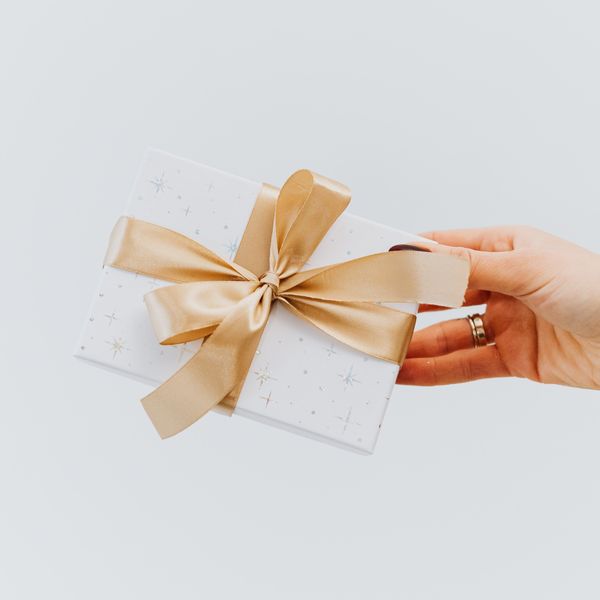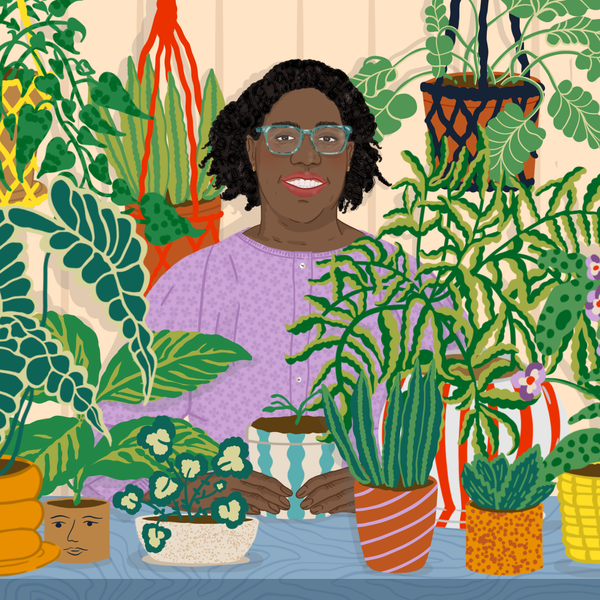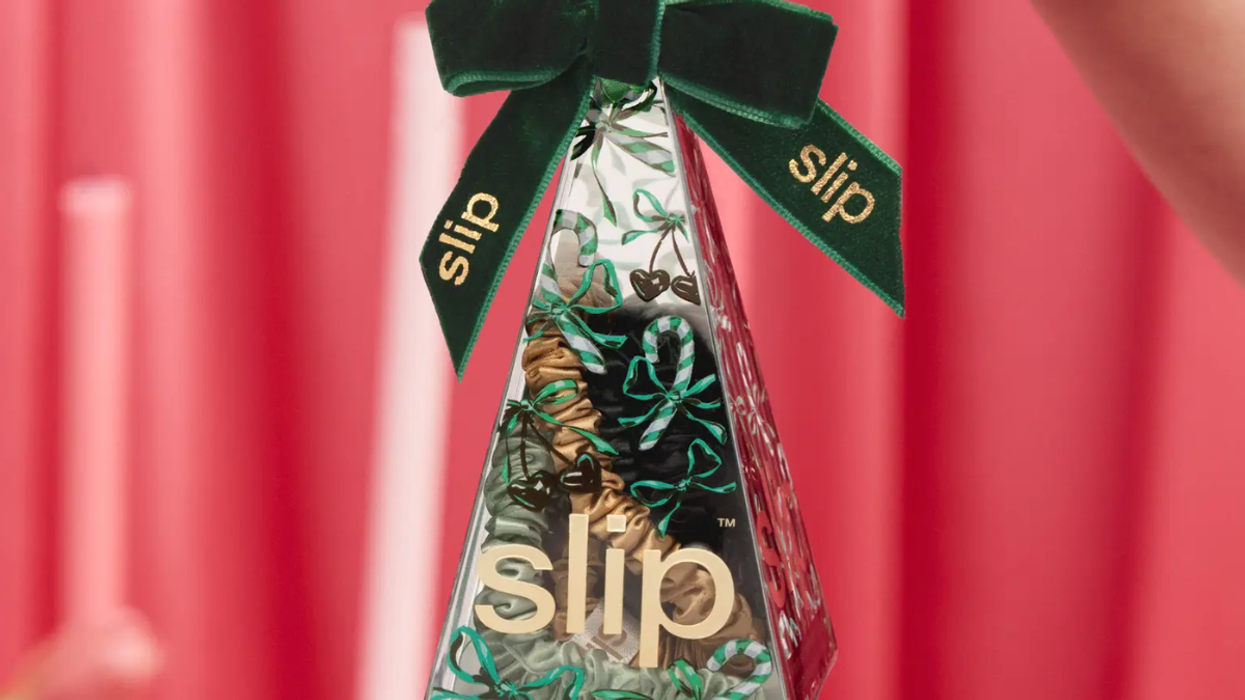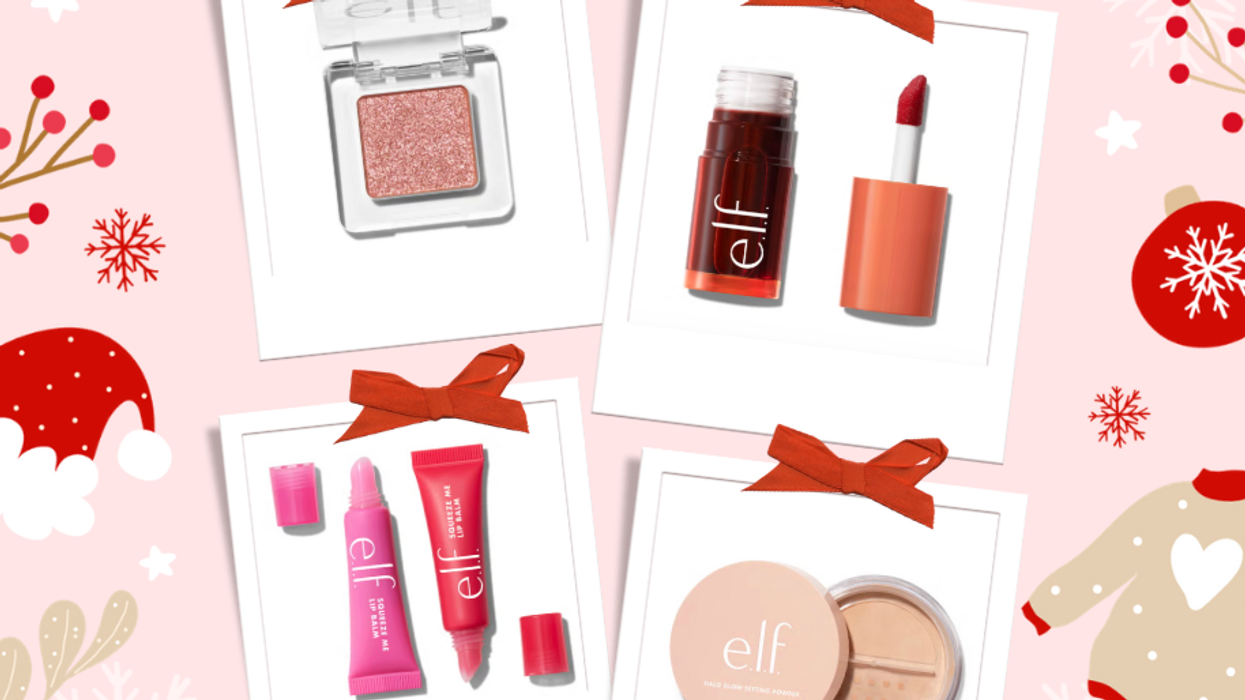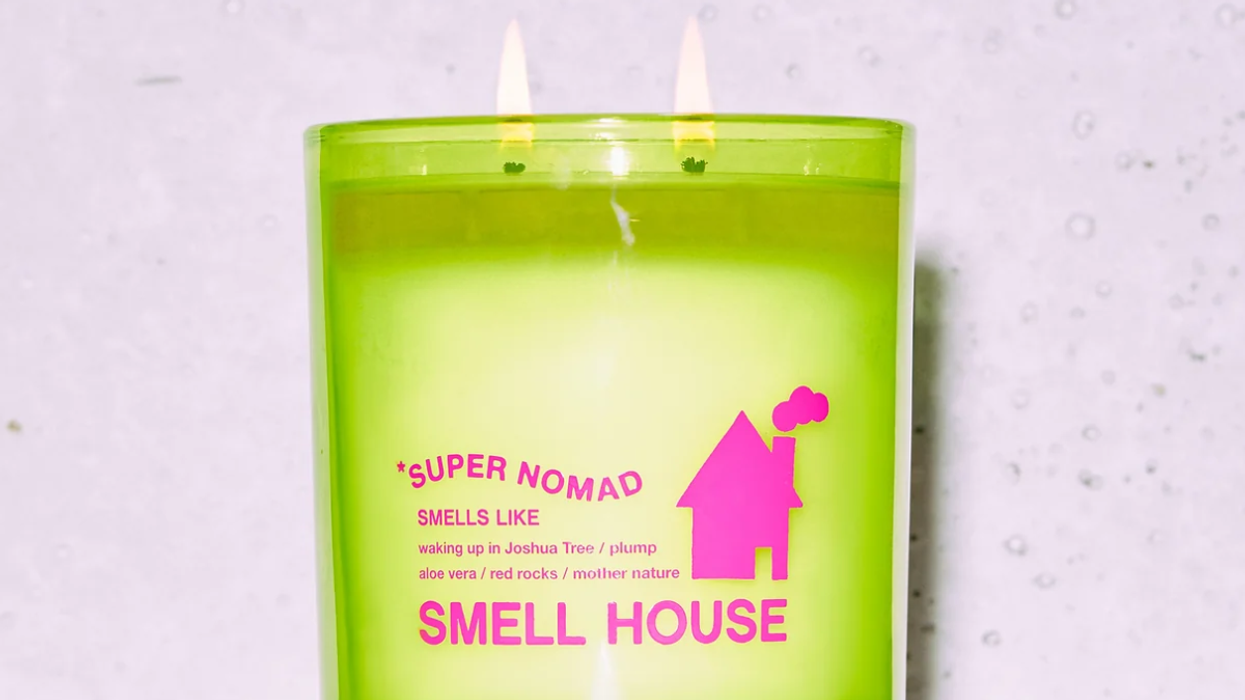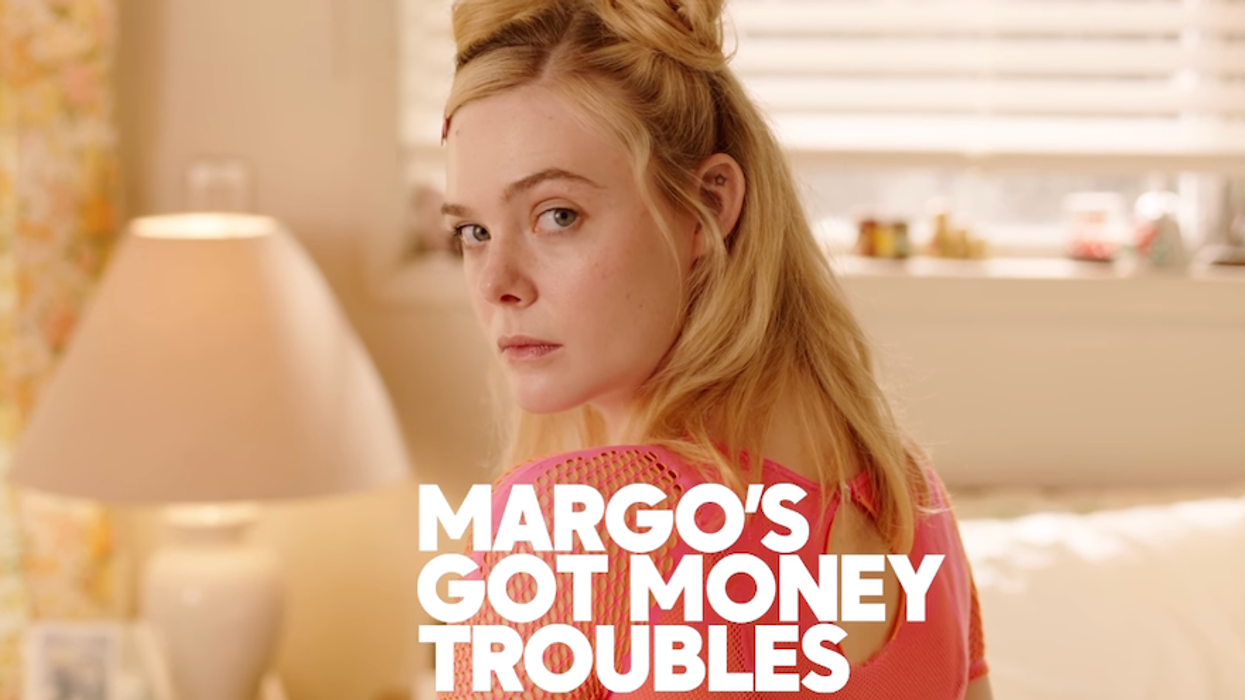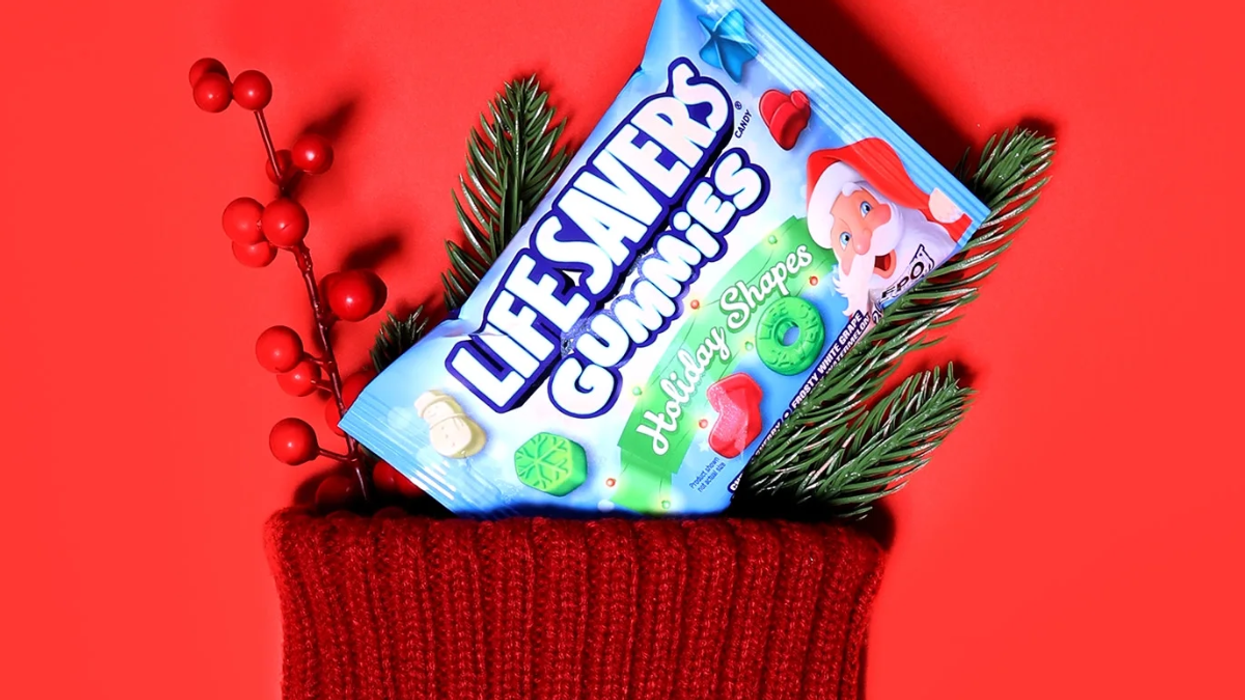Keep ’em alive!
A Yellow Leaf Does Not Mean Your Plant Is Dead (and Other Health Tips)

The Sill's mission is to empower all people to be plant people. Check out all the gardening tips, hacks, and inspo you need. Happy planting!
After following every plant care rule in the book, it can be frustrating to see a beloved houseplant's leaves turn yellow or drop without notice. And continuing to follow the usual care routine, hoping your plant will eventually perk up, doesn't work: Panic! You've formed a bond over the past few months. You don't want to give up on it just yet, and you can't imagine tossing it in the waste bin and moving on.
More often than not, plant symptoms like leaf drop and yellowing do *not* signal a dead plant. So what exactly is your plant trying to tell you? It depends on the plant and the symptom.
Plants can have similar symptoms for completely different reasons. For example, yellowing can be a sign of watering issues, nutrient deficiency, or natural shedding. How do you navigate what seems like an impossible diagnosis? You look at all possible scenarios, and see which one has the highest probability rate.
The more often you do this instead of tossing your plant out right away, the easier it will be the next time. You'll find yourself becoming more in tune with your plants, their physical changes, and what those changes signify.
Below are the common reasons your plant's leaves are yellowing and/or dropping:
1. Overwatered
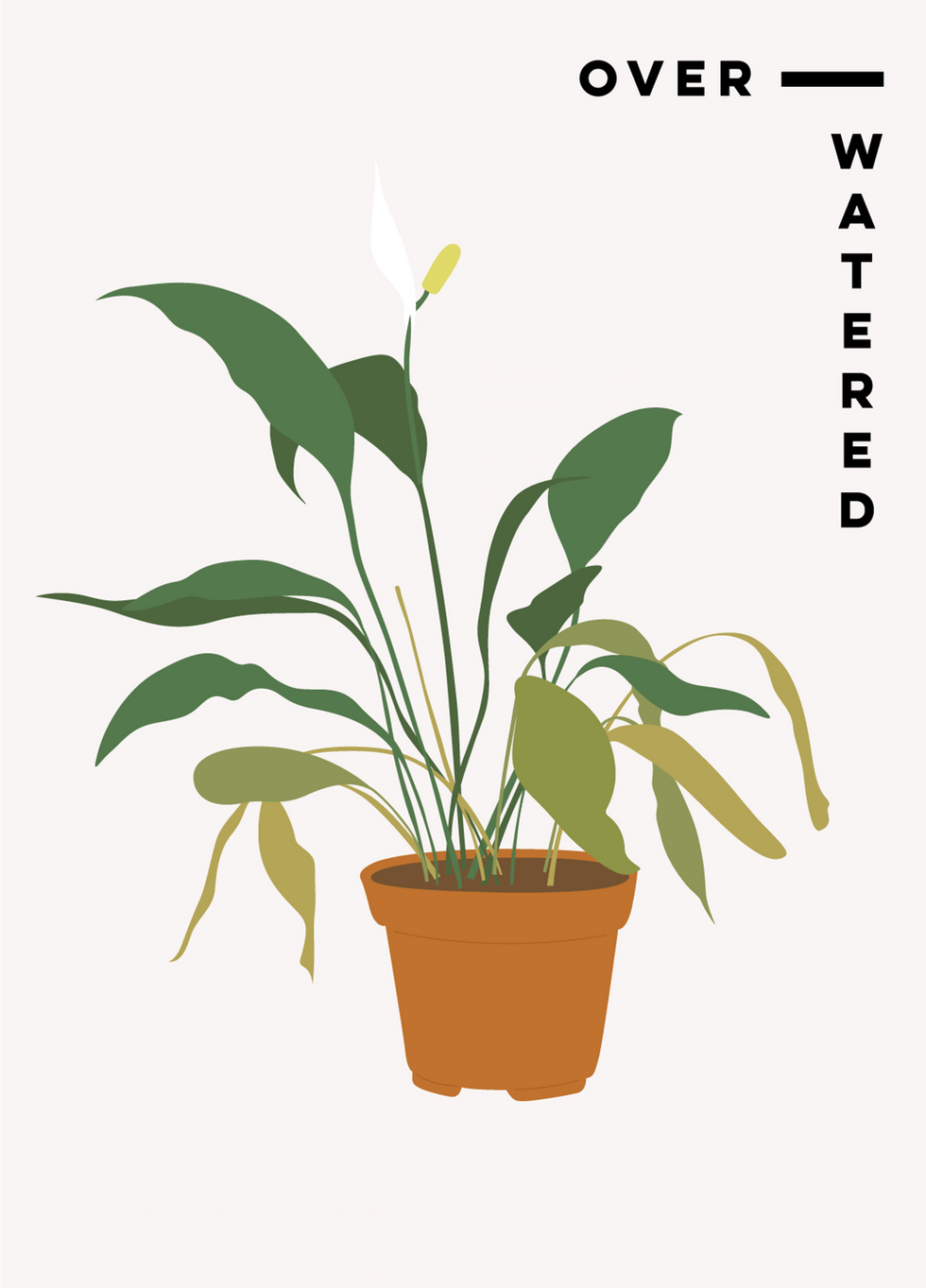
Yellow leaves (especially mushy ones) plus wet soil tends to be a sign of an overwatered plant. If your plant's potting mix is too wet for too long, water can rush into the plant's cells, and those cells can swell and sometimes even burst. The damage will continue up your plant's vascular system, bursting cell after cell, and will eventually end up in the leaves.
Do you notice that bottom leaves generally are the first to yellow and fall off your plant? This may be another indicator that you're over-watering. The lower leaves are the first to be flooded. These leaves will usually yellow then turn slightly transparent. They might even become bloated and mushy. The stem will most likely become mushy and lose its structural integrity, too.
Succulents, which have adapted to dry environments by absorbing as much (rare) water as possible, are extremely susceptible to overwatering. We recommend erring on the side of less is more when it comes to watering your succulents — and never misting them.
2. Under-Watered
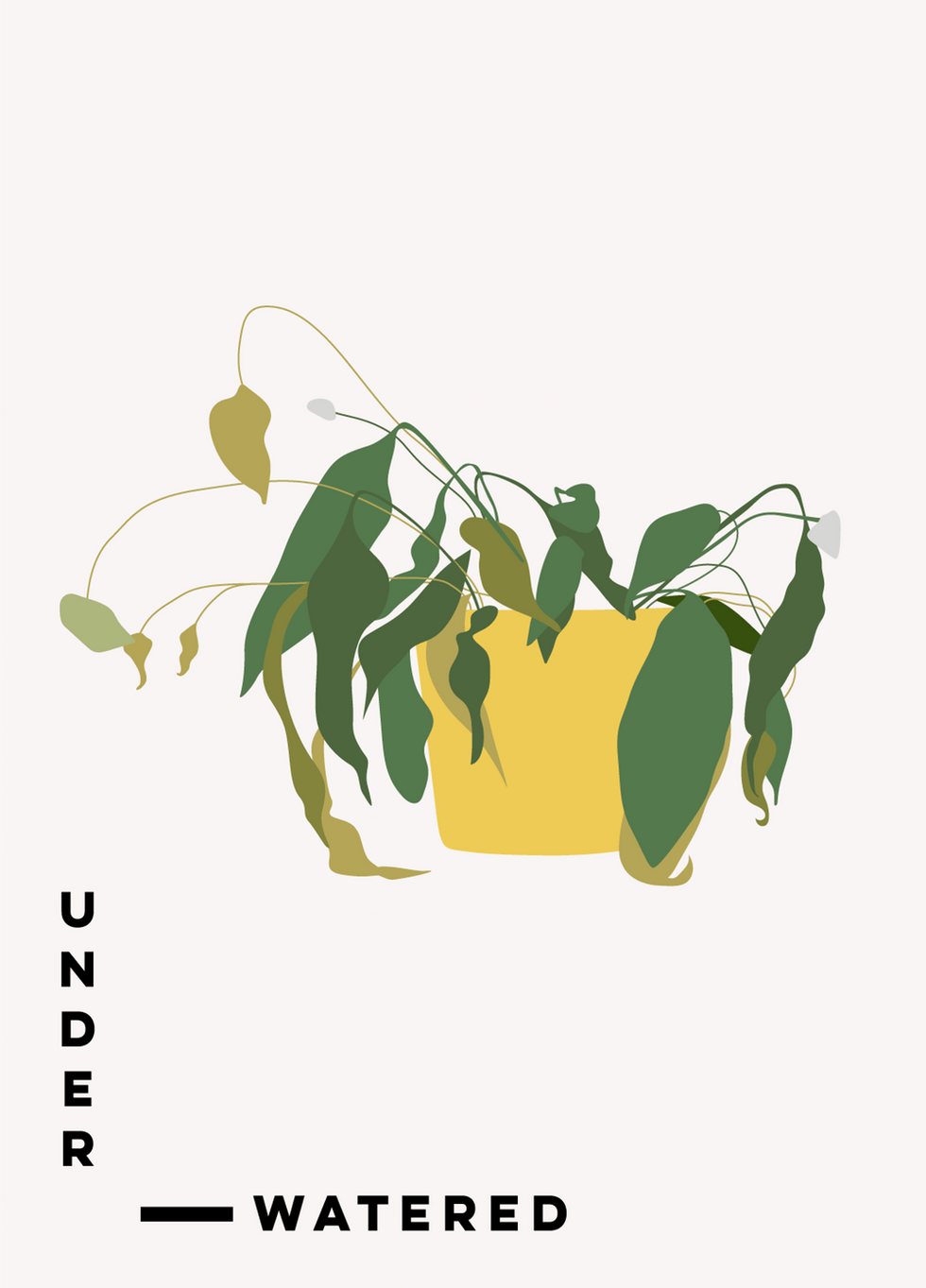
Dry soil and yellow leaves that are curling at the edge tend to be the signs of an underwatered plant. (If the plant itself is drooping too, that's another tell-tale sign.) Plants do not have skeletons like us! If there's not enough water pressure inside your plant's cells to keep it turgid or rigid, it will droop: turgor pressure is what helps keep a plant upright. Think of your plant like a water balloon — too much water and it'll burst. Too little, and it'll shrivel and droop. In succulent plants, this wilting will manifest itself as wrinkling. The Sill team trick: Water your succulents only when they wrinkle, and you'll be sure to never overwater them.
3. Nutrient Deficient
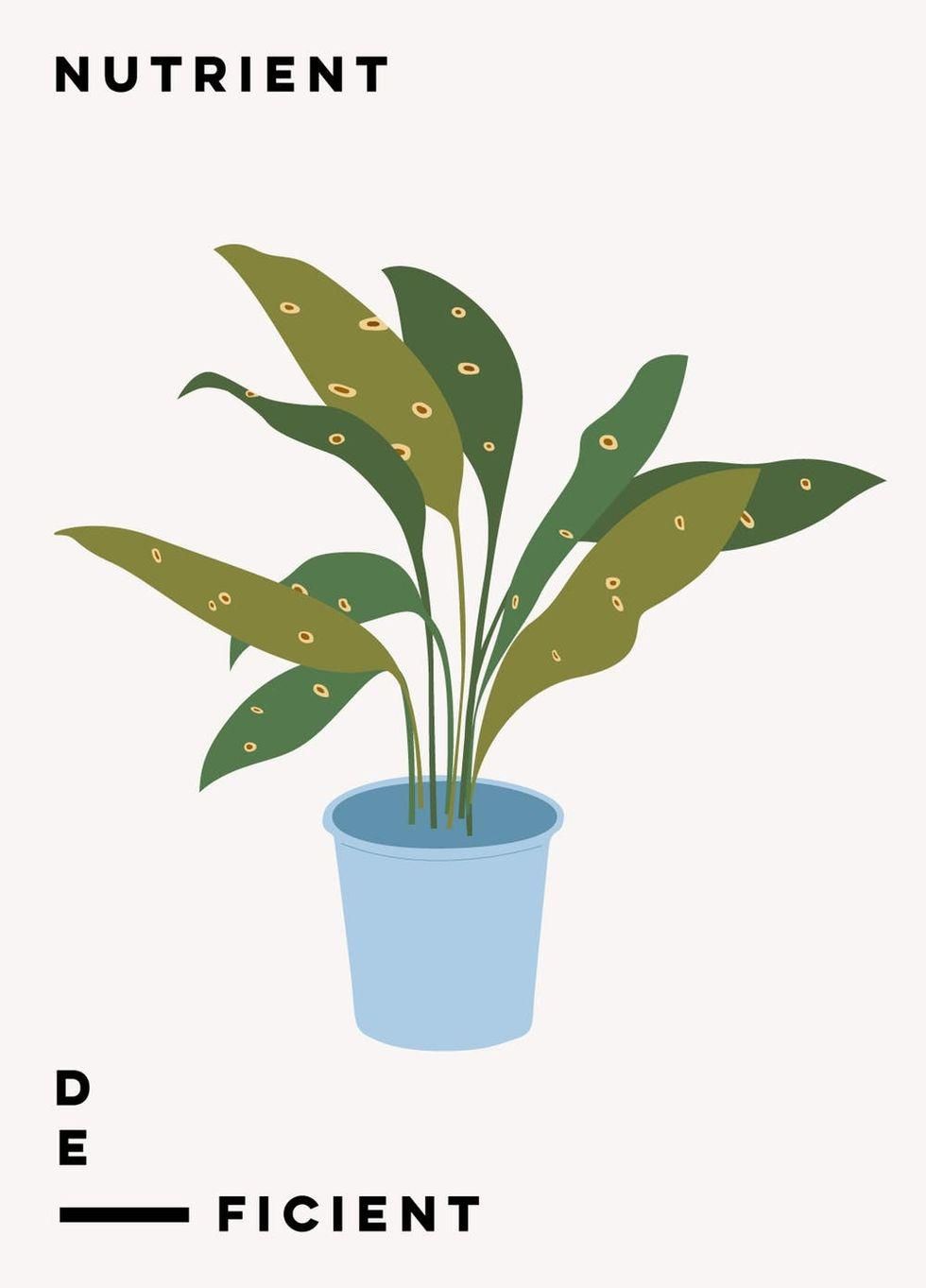
Yellow leaves can also be an indication that nutrient levels are low. You can remedy nutrient deficiency by repotting your plant with new, fresh potting mix, or applying fertilizer. Depending on the time of year, one solution might be more preferable than the other. Here in the northeast, where The Sill HQ is located, we tend to only fertilize during the growing season (spring to summer). New to fertilizing? Think of it as plant vitamins.
Notes for fertilizing:
- Fertilization should follow plant growth. It's best to fertilize during the start of the growing season, spring, when those vitamins will really come in handy. We recommend using a slightly weaker dilution than the fertilizer's packaging recommends. Similar to watering, it's better to under-fertilize than to over-fertilize. Too much fertilizer can actually burn a plant's roots (ouch!) and cause more than just yellowing leaves.
- Plants that grow faster should be fertilized more often than plants that grow slowly. If you've just repotted your plant, do not fertilize it. Fresh potting mix will provide new nutrients for your plant.
- Check for N-P-K values. The N-P-K ratio comprises the three most-consumed nutrients that plants need: nitrogen, phosphorus, and potassium. You should see these values on the front or back label of your fertilizer (for example, 10-15-10, or similar). If you don't see any values visible, you might want to opt for a different fertilizer brand.
4. Insufficient Light
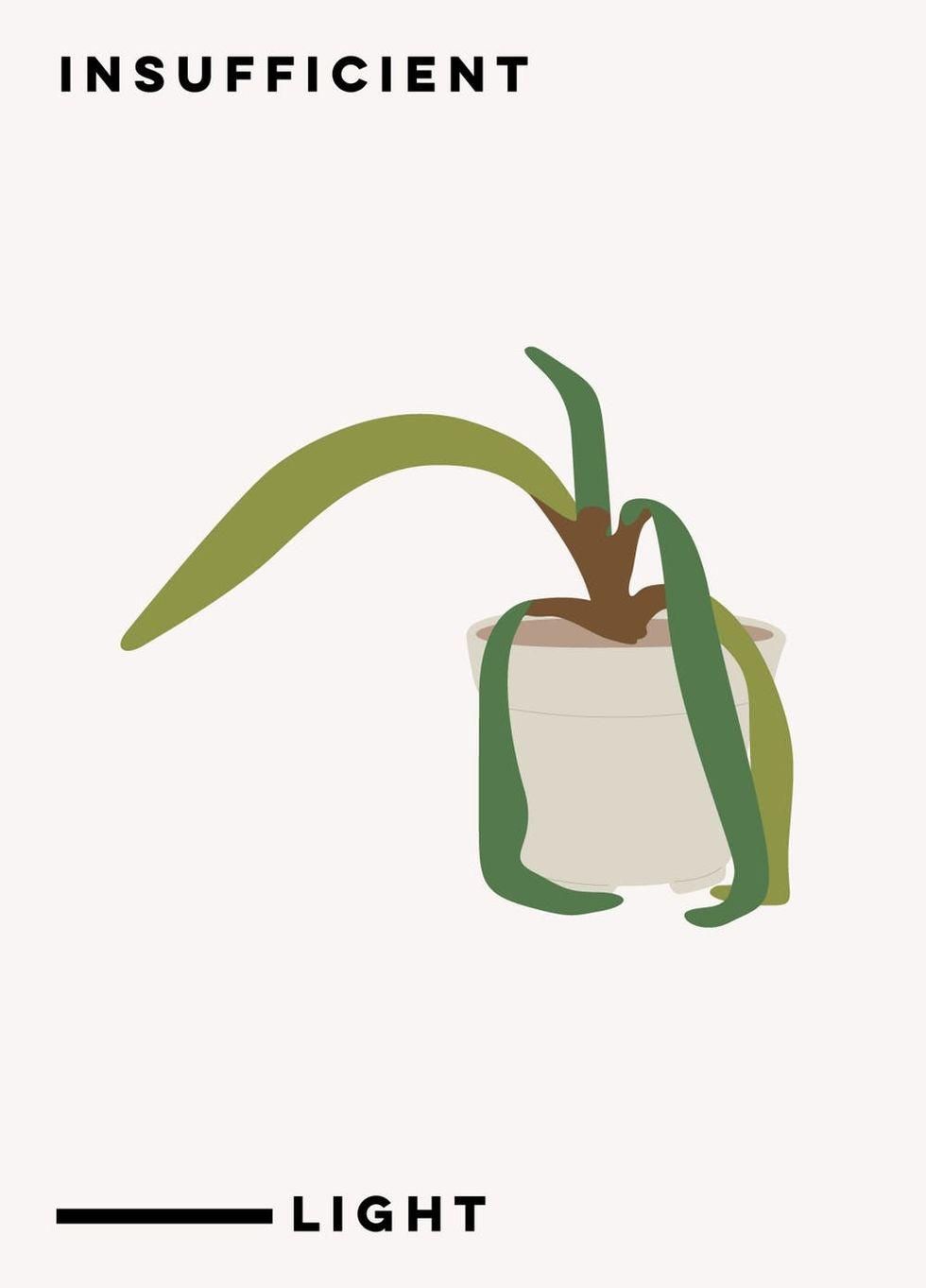
Sometimes your plant's leaves might turn yellow and drop to help your plant achieve homeostatic balance. What does this mean? Leaves capture energy for your plant, but they also cost energy to maintain. The cells of leaves consume half to two-thirds of the sugars they make. If your plant is receiving lower light levels than it is usually accustomed to, it might not be producing enough energy to maintain all of its current leaves. If so, the plant will make an executive decision to drop some leaves to save energy.
You might think this happens overnight, but it's a slow process. The plant first sucks out all the minerals and nutrients from that leaf and redistributes them throughout the rest of your plant. Then the leaf will start to yellow, as chlorophyll decreases and photosynthesis shuts down. Generally, if this is the case, your plant will drop random leaves to thin itself out. It will stop dropping leaves when it is able to sustain the amount of leaves left, or receives more light.
5. Natural Aging
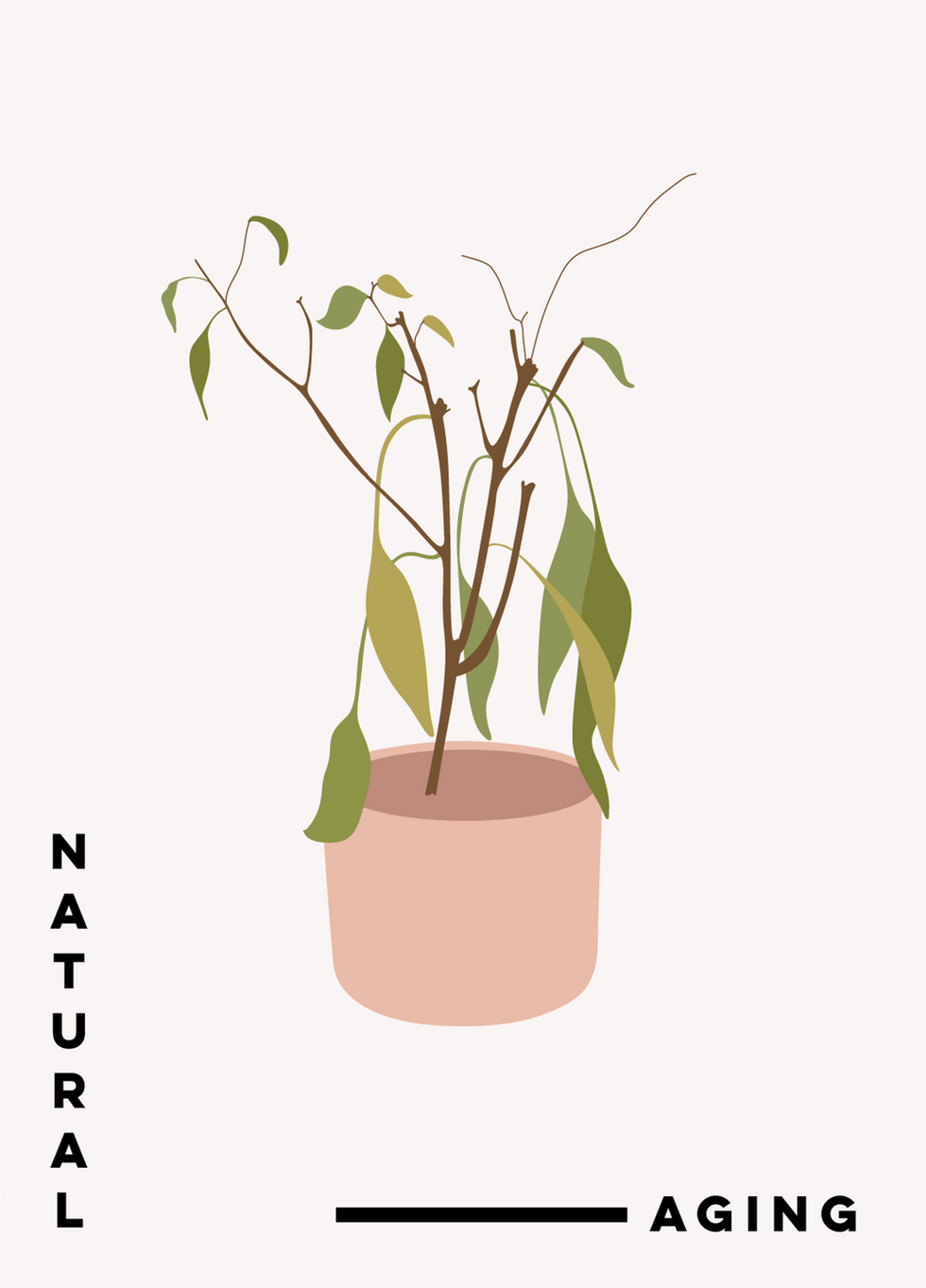
Plants are just like us — they age! Think of each leaf of your plant as having a life cycle. Baby leaves tend to be lighter in color and more fragile, while mature leaves tend to be dark in color and hardier. When a leaf reaches the end of its life cycle, it will generally discolor and fall off.
Ultimately yellowing, browning, and leaf dropping can be all part of the natural leaf cycle. The rule of thumb here is, you never want to see all or even the majority of your plant's leaves doing this at the same time. It should be gradual, a leaf or two at a time. This is normal shedding and aging.
The bottom line? Check in with your plants! The next time one drops a leaf, or starts to yellow, consider it an opportunity to get to know them better or to gain experience for next time.
What plant hacks do you have to share? Let us know @BritandCo!
(Illustrations via Marisa Kumtong)


